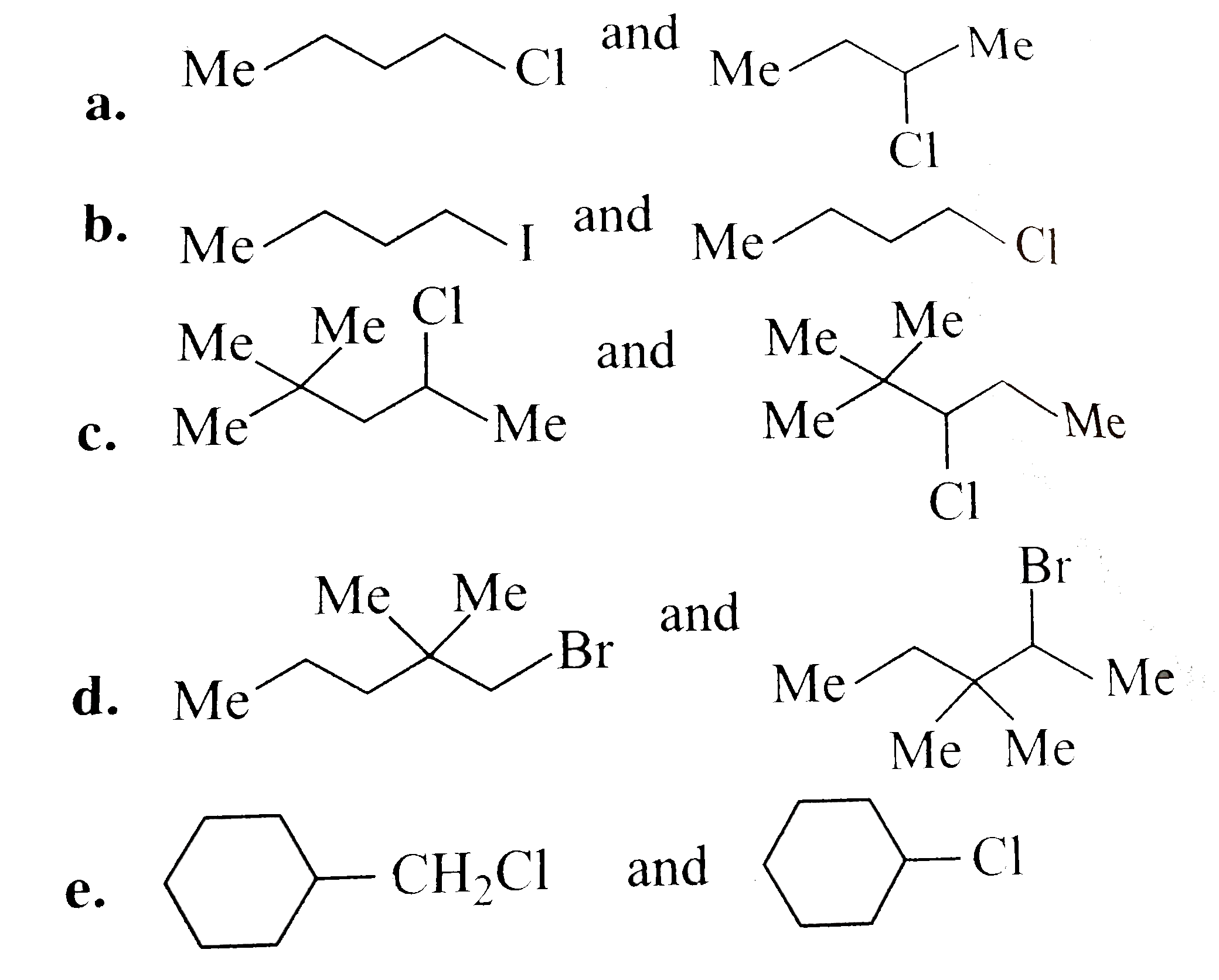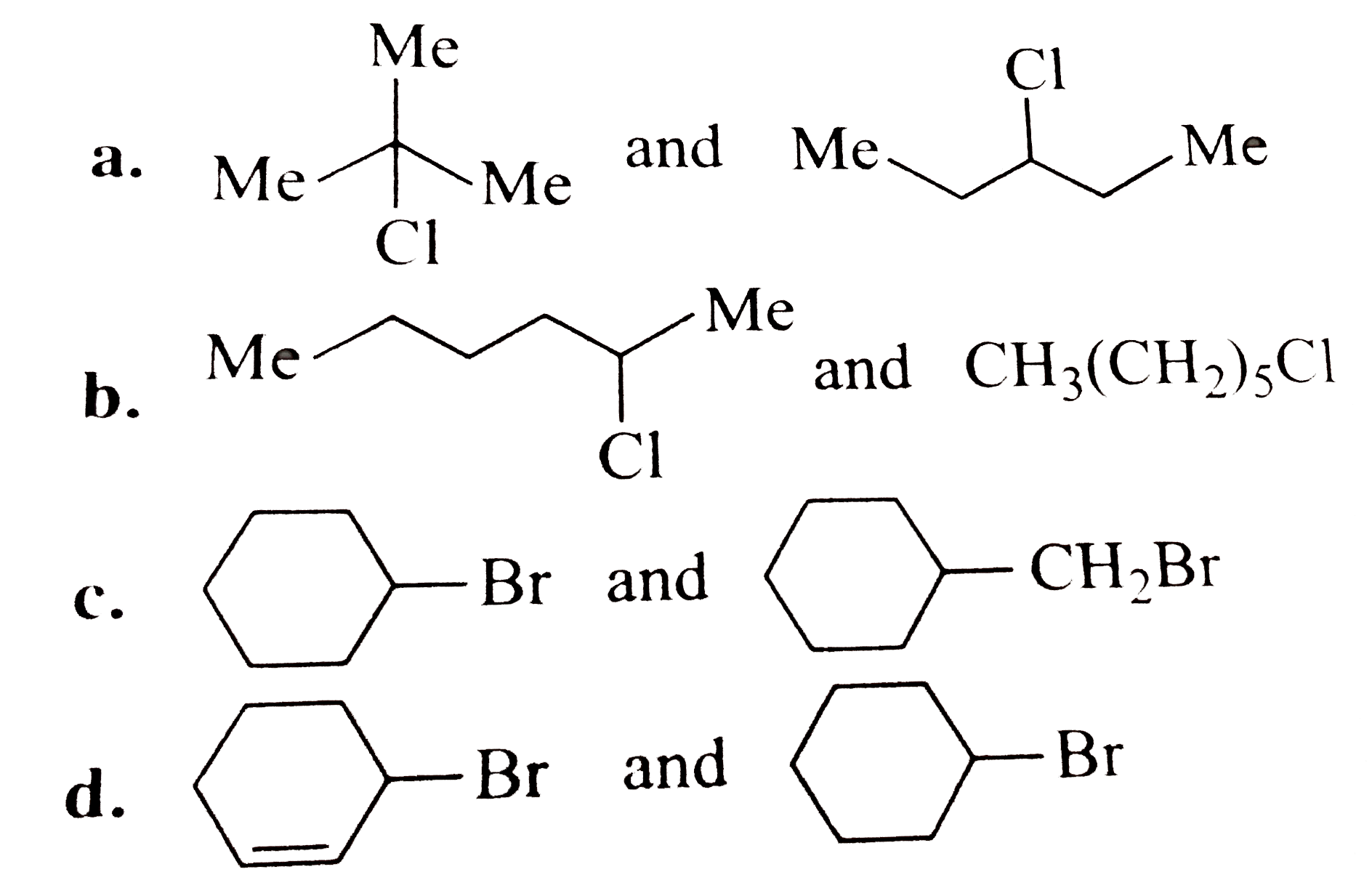Select the faster reaction of each of the following pairs, briefly explain to support your choice.

Text Solution
Nucleophilic addition to an ester is slower than addition to a ketone because the carbonyl carbon of the ester is less electrophilic. The ester carbonyl is less electrophilic because it has a smaller δ+, due to resonance with the lone pairs of the OCH3 oxygen atom. In addition, the ester loses resonance when attacked, but the ketone does not. Thus, nucleophilic attack on the ester is further inhibited.
|
Topper's Solved these Questions
- ALCOHOLS FROM CARBONYL COMPOUNDSBOOK - MS CHOUHANCHAPTER - ALCOHOLS FROM CARBONYL COMPOUNDSEXERCISE - Additional Objective Questions (Single correct Choice Type)
5 Videos
- ALCOHOLS FROM CARBONYL COMPOUNDSBOOK - MS CHOUHANCHAPTER - ALCOHOLS FROM CARBONYL COMPOUNDSEXERCISE - Additional Objective Questions (Multiple Correct Choice Type )
1 Videos
- ALCOHOLS AND ETHERSBOOK - MS CHOUHANCHAPTER - ALCOHOLS AND ETHERSEXERCISE - ADDITIONAL OBJECTIVE QUESTIONS (Matrix Match Type )
3 Videos
- ALDEHYDES AND KETONES BOOK - MS CHOUHANCHAPTER - ALDEHYDES AND KETONES EXERCISE - Level 2
7 Videos
Similar Questions
Knowledge Check
Select one from the following pair of isomer that has higher heat of combustion, justifying your choice.
A_E01_064_O01.png) B
B_E01_064_O02.png) C
C_E01_064_O03.png) D
D_E01_064_O04.png)
Of the following pairs, which is the faster SN2 reactions ?

View SolutionChoose the more stable alkene in each of the following pairs. Explain your reasoning.
1-Methylcyclohexene or 3-methylcyclohexene
View SolutionOf the following pairs, which is the faster SN1 reactions ?
 .
.
View SolutionOf the following pairs, which is the faster SN1 reactions ?
 .
.
View SolutionConsider the reaction :

Briefly explain the choice of major product.
View SolutionBriefly explain your understanding of Ind -AS.
View SolutionSelect one from the following pair of isomer that has higher heat of combustion, justifying your choice.
View Solution

